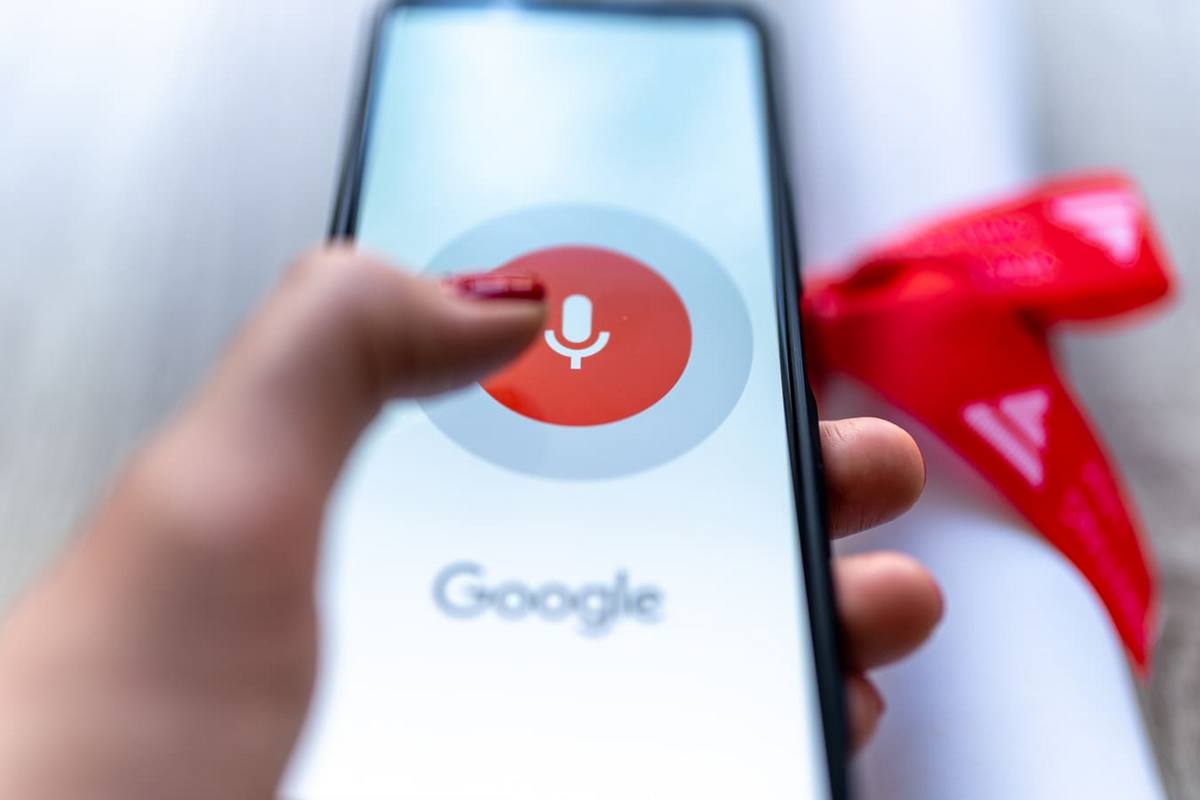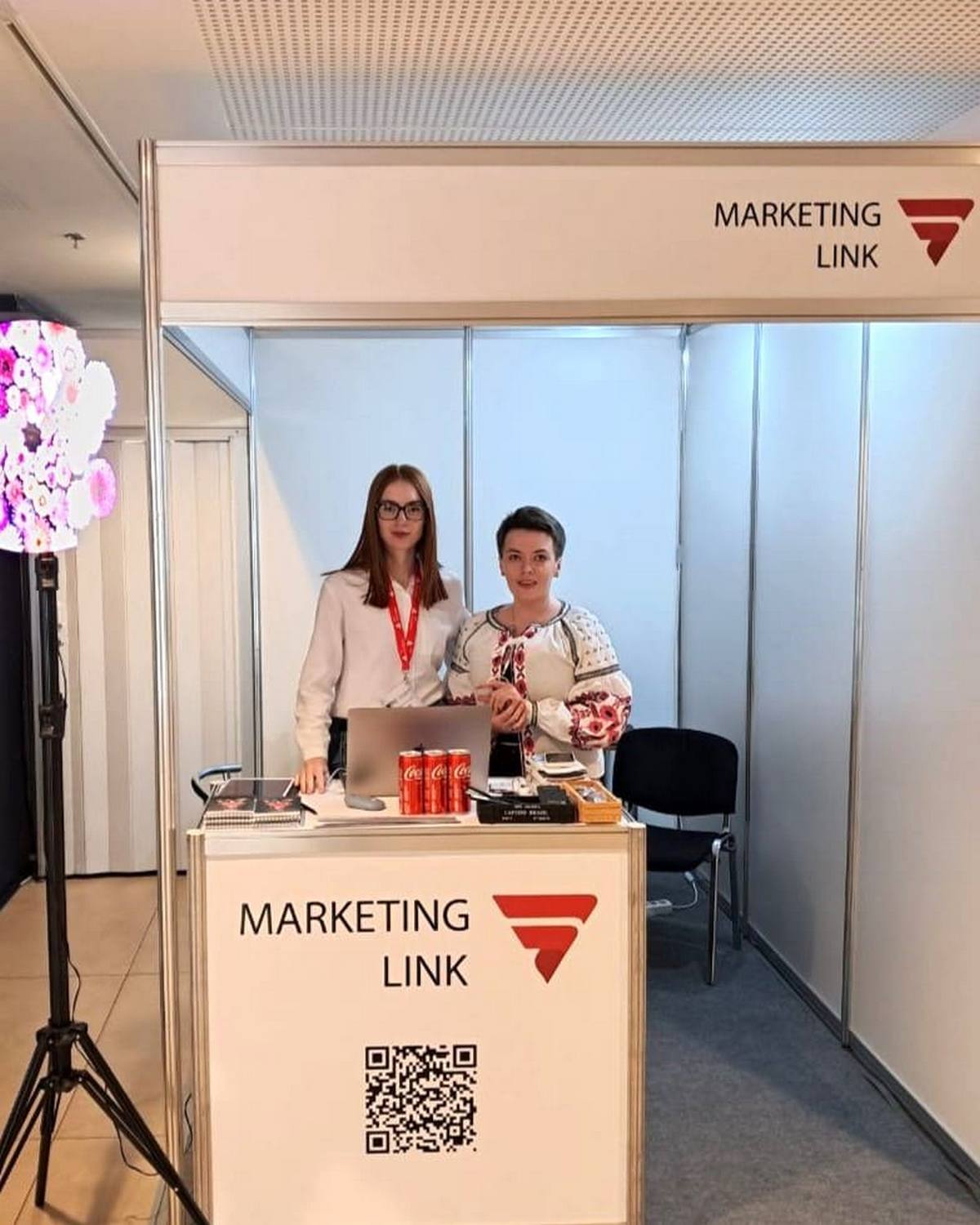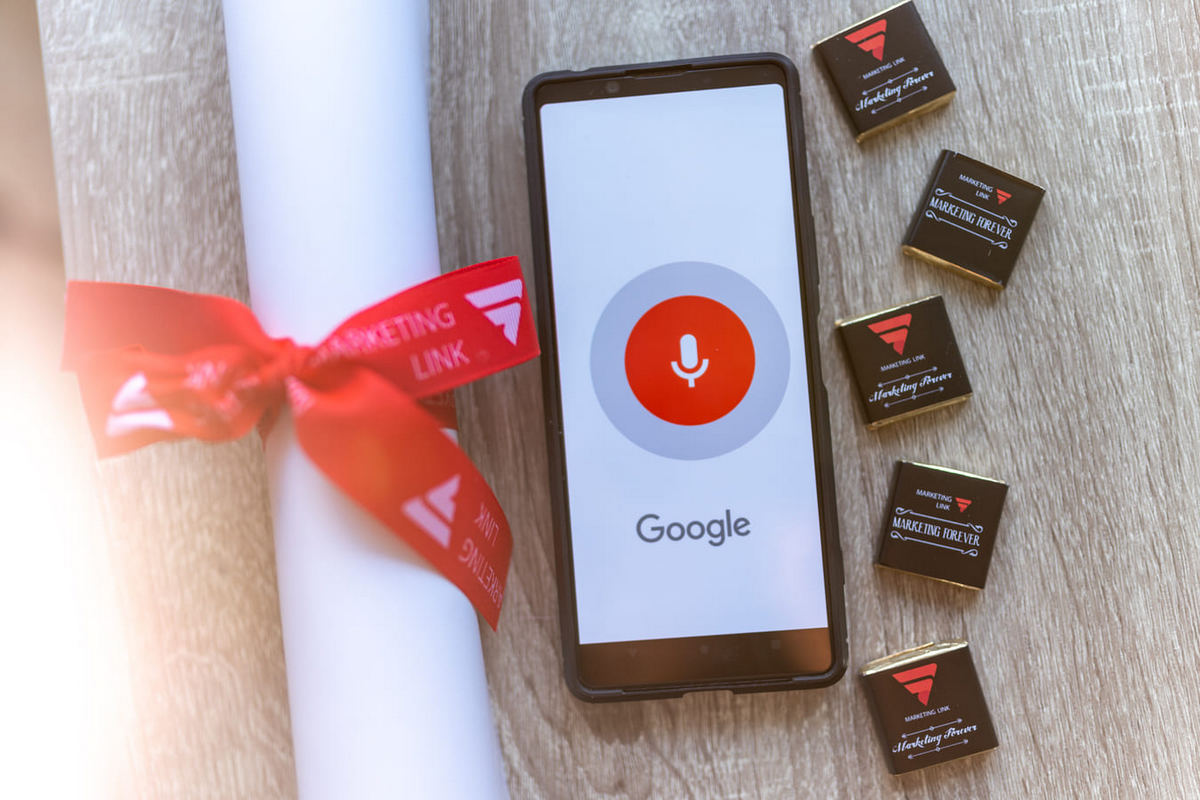
Respublika Park shopping mall presents documentary film about veteran Stepan Korobkin who conquered Kilimanjaro


 13.02.2025 12:00
13.02.2025 12:00The CEO of the Marketing Link agency, who has been working in SEO, analytics, Google Ads, Microsoft Ads, and Meta Ads since 2013, shares insights on the changes that 2025 brings to businesses-specifically, SEO and advertising trends.
– What services will Marketing Link focus on in 2025?
– Right now, our main areas are contextual advertising in Google and Microsoft Ads, SEO, and Meta Ads on Facebook and Instagram.
When the agency started in 2016, we worked only in the domestic market and provided a single service—SEO promotion. But we soon realized that Ukrainian businesses weren’t very willing to invest in long-term strategies where results become visible in a year or two. So, we had to find a way to deliver faster results for our clients. That’s how Google Ads became part of our service lineup. In 2019, we added Bing Ads, which is now Microsoft Ads.
Keeping up with new trends, our team closely monitors AI technologies in advertising. We’ve developed our own tool, Yakiv Ads, and in 2025, we’ll focus on AI+SEO and AI+Ads. We’re also moving towards a full-cycle marketing agency model since our team’s expertise has expanded beyond traditional online promotion.
– So, you’re moving towards an outsourced in-house marketer model. But wouldn’t it be better for businesses to build their own internal marketing teams instead of outsourcing?
– It depends on the company’s stage of development. For example, a new business usually starts with two or three marketing channels. This might require two specialists, which means a higher payroll cost than the average agency fee. Plus, if a business is just starting out, it may struggle to assess a specialist’s expertise correctly. A bad hiring decision—especially early on—can be more costly than simply outsourcing marketing.
Outsourcing makes sense when a business operates across multiple channels—let’s say five or six, like contextual advertising, targeting, Facebook, Instagram, Reddit, organic posts, and industry events. In this case, an agency can handle specific tasks, typically SEO and advertising.
One of our studies found that in-house specialists tend to be hesitant about spending ad budgets. Thanks to our experience and the fact that we handle multiple projects at the same time—usually 5–6 at once—clients trust us more. We also provide a broader range of expertise, are less afraid to invest in ads, and generally make fewer mistakes compared to in-house teams.

– How much do you think voice search will impact SEO in 2025?
– Voice search queries are often less precise than text-based ones. For example, when typing, a user might search: “MacBook Pro 16-inch + specific RAM + buy”, which leads to certain websites. But with voice search, they might simply say: “MacBook stores”.
The idea behind voice search is that it’s unlikely to generate a large amount of traffic for low-frequency (niche) queries. Instead, the focus will shift more towards high-frequency queries. That’s why it’s crucial to analyze how users phrase their searches and which additional words they include.
I believe the biggest shift in voice search won’t be directly in SEO. Years ago, there was hype around meta keywords, but that faded. I think at some point, Google might bring back a “Keywords 2.0” update, encouraging businesses to fill them out again. So, while search itself might not change drastically, voice search will improve results mainly based on user location.
– Can press releases and guest posts “appeal” to AI and improve organic rankings?
– Yes. If we’re talking about Google, there was a major data leak in 2024, where Google detailed various ranking factors. In short, since Google is essentially a machine, links remain one of the key ranking factors. So, in general, press releases and guest posts can positively impact traffic growth and rankings, but with some caveats.
For example, it was previously thought that Google only differentiated between do-follow and no-follow links, but in reality, many other factors matter—such as content quality and authorship. It’s not enough to just publish a press release on a site. What matters is:
If the author is an admin, the press release carries less weight compared to one published by a verified journalist or editor, especially with a linked author profile. Unique, high-quality, and user-relevant content holds greater value.
Google doesn’t just analyze backlinks—it also evaluates how engaging the content is for users. A Forbes journalist’s article that generates actual user engagement and clicks will have far more SEO value than a post on another site, even if that site has similar technical SEO metrics but the article was published by a generic “admin author”.
– Do meta tags remain just as important, or should their creation guidelines be reconsidered?
– Meta tags remain important. Over the past few years, they have evolved, particularly due to voice search.
For example, my agency provides Paid Social services on Facebook, Instagram, LinkedIn, etc. Theoretically, according to recommendations from four years ago, there could have been a single targeting page listing six social networks. Accordingly, the Title would have been “Paid Social. Facebook Ads management, Instagram Ads agency…”. Such a Title length would have been slightly excessive.
Due to voice search, mobile search results, and Mobile First, Google’s requirements for length have changed, and the recommended size has been reduced. Now, Google recommends around 55 characters for Titles. This forces even those who did not have a sufficient number of pages on their site to create them so that a person searching for “LinkedIn advertising” lands on a separate page with a short Title.
Therefore, there may be changes in meta tags if you haven’t reviewed them for a long time. However, if website work has been ongoing, no drastic changes will be required. If a Title has been 70 characters long for three years and now Google wants 55 characters, we wouldn’t rush to change it on an old page. But when creating new pages, it’s better to follow the latest guidelines.
A Title dictated by voice search is approximately 30 characters, while the recommended size is 65 characters. If there is a separate page on the site for a specific query, then a long-tail keyword will be appropriate. For example, if a pizza delivery website has a separate page for Hawaiian pizza with extra cheese, the keyword “buy Hawaiian pizza with extra cheese” can be used. But if the menu is in a PDF file, and there are no separate sections for each item, then such long-tail keywords will be pointless.
In contextual advertising, there is a 30-character limit for keywords. Google will not allow advertising keywords that exceed this length. A 50-character long-tail keyword will not lead to anything good. Therefore, it is better to choose the keyword “buy Hawaiian pizza”—without “with extra cheese”.

– What changes are expected in Google advertising regarding GDPR and data privacy?
– Let’s start with changes in advertising in the U.S. Over the past two years, California’s GDPR-equivalent (CCPA) has been slightly updated, and it generally influences regulations in other countries as well. Additionally, some European countries, like Germany, have their own specific requirements. For example, Google in Germany must store data not only according to California’s CCPA but also under Germany’s GDPR.
Regarding advertising changes, if we talk about Google in the U.S., new AI-powered tools are currently being tested. These tools are being trialed in only 3–5 countries, including the U.S.. Ukraine and most of Europe are not part of these tests.
– How will the situation differ in Ukraine?
– First: Due to competition, the large number of online stores, and the fact that a significant part of Ukrainian business is e-commerce. For example, for the query “buy coffee”, the cost per click could be around 15 UAH. If it takes 100 clicks to generate a single sale, the cost per customer would be 1,500 UAH—while the profit on a kilogram of coffee is lower.
This is shifting the approach to advertising. Businesses must consider not just the cost per order but the cost per customer. Many business owners weren’t prepared to implement CRM systems to track new customers, LTV, etc.
Second: Some businesses will struggle to adapt—especially service-based businesses. For example, if a company charges 10,000 UAH per month for a service but the customer acquisition cost is 40,000 UAH, is that good or bad?
Businesses that never tracked these numbers will need to rethink their approach. Some may pause their campaigns, recalculate their key metrics, and resume advertising only when they fully understand their numbers.
I also believe there will be fewer unrealistic requests, such as: “I want leads at 100 UAH.” Everyone wants something, but advertising either works or it doesn’t—depending on market conditions, cost per click, competition, website performance, and other factors.
– So what should business owners do if the data situation is getting worse?
– Every factor can be influenced. Businesses will have to track statistics more thoroughly—for example, analyzing why people call and what they ask managers. This is necessary for micro-segmentation.
For instance, one customer might call about flooring, while another is interested in carpet. If managers record these specific requests, they can pass the information to the marketing department for better targeting.
Take our U.S. client as an example. Call tracking isn’t profitable for him because he operates in B2B construction, where phone orders are very common. If he stops using call tracking and loses 100 phone numbers, it’s bad for business.
For one top-selling brand, we found a huge discrepancy between analytics and actual sales. Customers were simply calling and saying: “Hey, send me five more drills.” Of course, Google Analytics doesn’t track such transactions.
As marketers, we could have mistakenly thought: “This brand isn’t performing well—let’s cut or reduce its ads!” But by comparing sales data with analytics discrepancies, we optimized the campaigns instead.
Here’s another example:
Once we shared this with the marketing team, everyone understood that for some campaigns, they could rely on analytics, while for others, they couldn’t.
The biggest shift will be in how businesses optimize, evaluate effectiveness, and calculate value. It’s no longer just about cost per customer but also customer lifetime value, additional value, usefulness, and long-term relationships.
– Which social networks will be the most effective for advertising in 2025?
– Facebook and Instagram remain relevant in Ukraine for now. However, effectiveness depends on placement choices, content formats, and promotion strategies.
For some businesses, like B2B, Instagram isn’t needed at all, and Facebook is only effective in the desktop Feed during work hours. In contrast, other businesses may rely exclusively on Instagram, using only Stories for engagement.
I believe success will come to those who track and analyze everything carefully.

– How do you develop strategies for clients?
– When we launch an ad campaign, we create a separate group on Facebook, a separate one on Instagram Feed, a separate one on Instagram Stories and Reels.
At certain times, for example, during holidays, Instagram Stories may perform better than Instagram Feed or other placements. Sometimes, as marketers, we can’t explain why this happens, but as analysts, we can pause ad placements where the budget isn’t justified. We rely on data-driven decisions.
If we talk about the European and U.S. markets, you can check what your competitors are doing, which social networks they use. By the way, we have a great video in Ukrainian on how to analyze competitor ads in Google and Meta Ads.
YouTube is gaining momentum. In B2B, LinkedIn is popular. Regarding Reddit, Quora, or other niche platforms, they are more suitable for manufacturers and promoting new products entering the market, where the sales cycle is long.
– How should brands use AI in social media advertising?
– Verify everything AI generates for you. One of AI’s biggest problems is that it lies and distorts facts. We’ve noticed a lot of negative feedback worldwide about AI in advertising.
For example, Coca-Cola faced backlash for creating a holiday video using AI. A fake truck, soulless, “vanilla” AI-generated people—consumers didn’t like it.
AI is not a magic solution or a replacement for original content—it’s more of a supplement. A marketer analyzing competitors with AI prompts can improve insights and gather data, but AI cannot fully replace human analysis.
My main advice:
Some brands might need fewer junior specialists, but AI will never replace senior experts.
– How is your agency preparing for the implementation of new marketing solutions in the new year?
– AI will also impact search, especially content. Those who mass-generated AI-written texts will pay the price in 2025. We never artificially generated content—neither for ourselves nor our clients—even when it was a mainstream trend. Content should be made for people. Yes, it’s expensive and time-consuming, but high-quality, original content pays off in the long run.
Over time, Google has changed. Even in advertising, it stopped displaying low-volume search terms. Now, it’s gone even further—in Performance Max Campaigns, it doesn’t show keywords or placements at all.
If a service-based business lacks a CRM or UTM tracking, it becomes impossible to track customer sources. Someone might see that a lead is cheaper than in search ads, pause the search campaign, only to realize later that not all leads are of the same quality. Then there are GDPR restrictions and analytics discrepancies to consider.
Google keeps tightening control.
Our new automation tool, Yakiv Ads, helps us adapt. We use the data available to get a broader picture and improve ad performance—even when analytics data is limited.
Want to improve your results in 2025? Contact us for a free marketing audit!
Marketing Link experts will provide SEO and advertising consultations tailored to your business.





